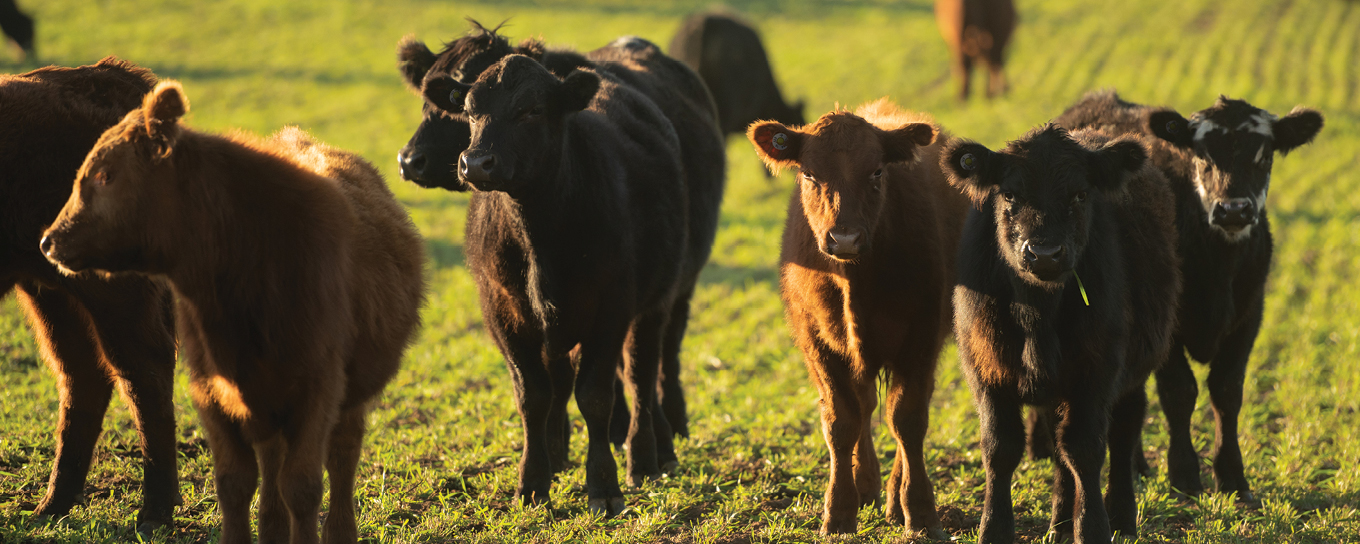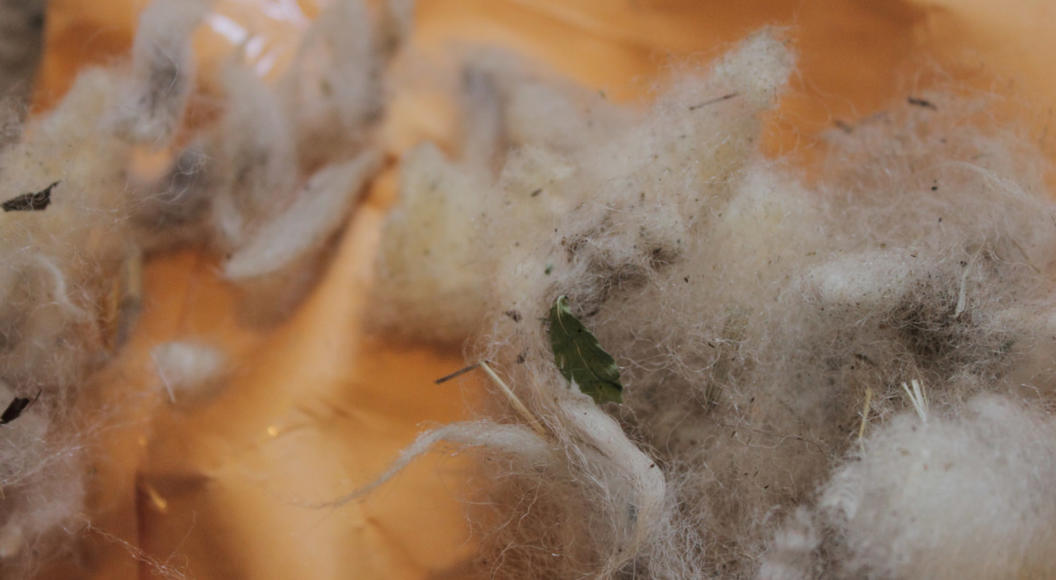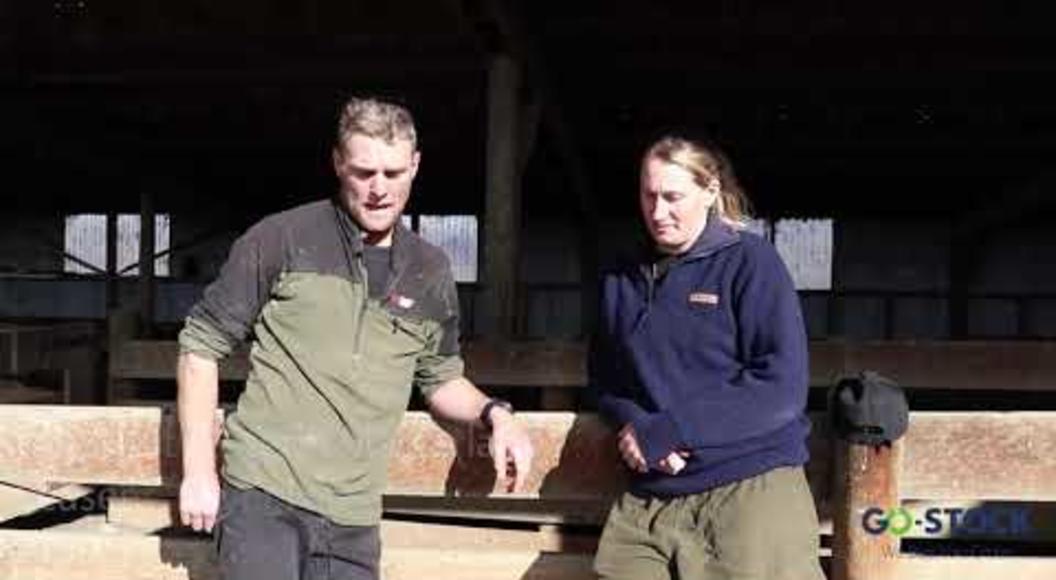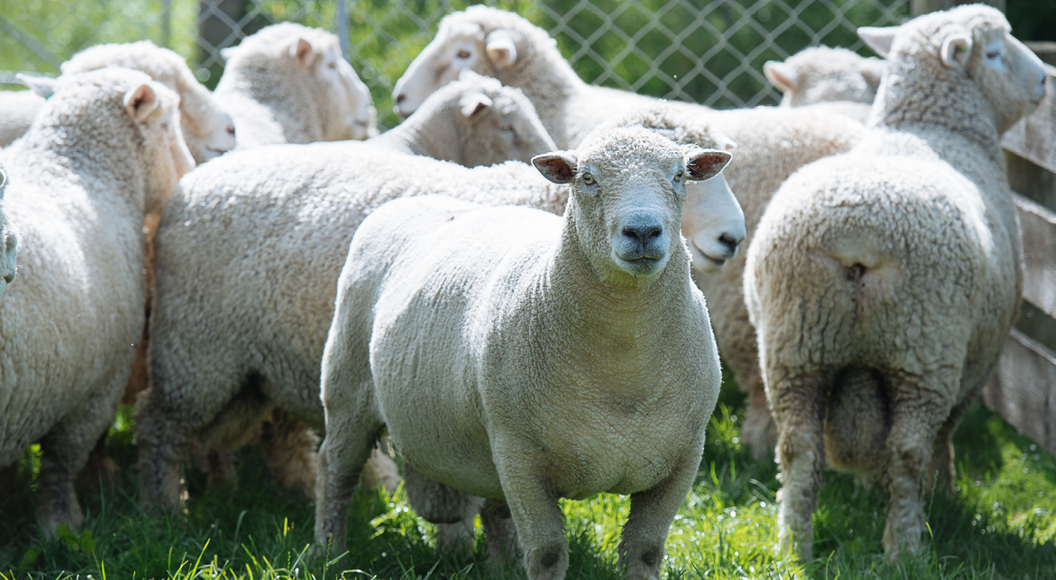
Three animal health considerations for beef calf weaning
Weaning date is often driven around calf weaner sales with many calves sent directly to sale yards. For those farm systems where significant numbers of calves stay on the property, then the following needs to be considered.
In dry summer conditions, feed quality and quantity can become restrictive to optimise calf liveweight gain as they start competing with their mothers for every blade of grass. This situation may also
lead to increased worm burdens prior to weaning.
To help determine the need for drenching in these situations, collect some fresh calf faecal samples for a worm egg count. This information can help with strategic drench decisions. Lower egg counts indicate a low adult worm burden, so drenching can be done at a later date.
In some situations where cattle stocking rate is low, the worm challenge to the calves is negligible and drenching at weaning may not be required. Leaving calves undrenched also introduces more refugia to pastures where they graze through the rest of the autumn.
When drenching beef calves it is best to consider using a triple oral combination drench, for example Alliance®, to have the highest chance of effectively killing the worm population in the calf and slowing the development of drench resistance.
The timing of the subsequent drenches depends on stocking rate and whether they are grazing amongst sheep and/or going on crops. Where the worm challenge is lower, drenching can be spread out to every six to eight weeks.
Another important decision is to start a clostridial vaccine programme in these weaned calves to protect against tetanus and other sudden death disease. Any calves given a 5-in-1 vaccine at calf marking needs to start the programme again as the gap between this first dose and weaning is too long for optimal boosting effect. So use Multine® at weaning and then give the second dose four to six weeks later. For optimum protection, the vaccination programme needs to be completed before major diet changes onto high quality forages or crops.
Lice control can be achieved by using Blaze® Pour-On at the same time as giving the oral drench. The active ingredient in Blaze (synthetic pyrethroid) is an effective drug against lice in cattle. By treating in autumn, better population control is achieved than waiting until peak lice populations occur in mid-winter, and more variable drug uptake occurs due to thick winter coats, often covered in mud.
By focussing on the above three main animal health issues, optimal performance from your beef weaners this autumn can be achieved. Call into your local PGG Wrightson store or ring your local Technical Field Representative to discuss your autumn animal health programme.


